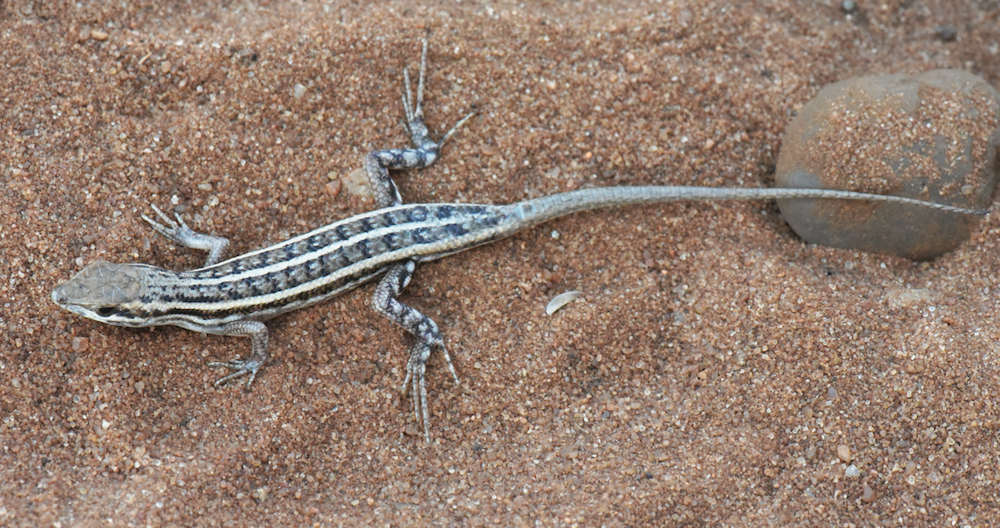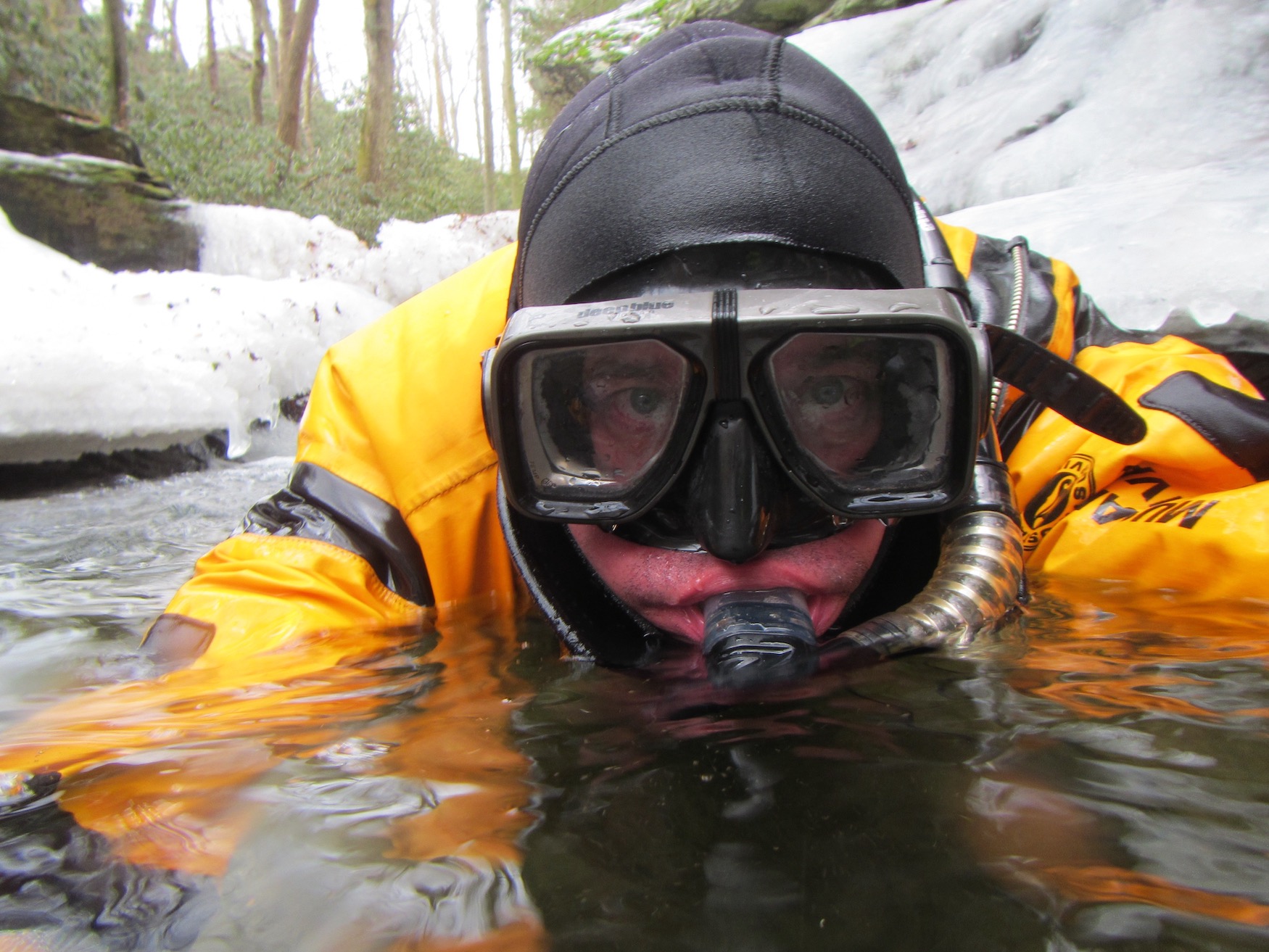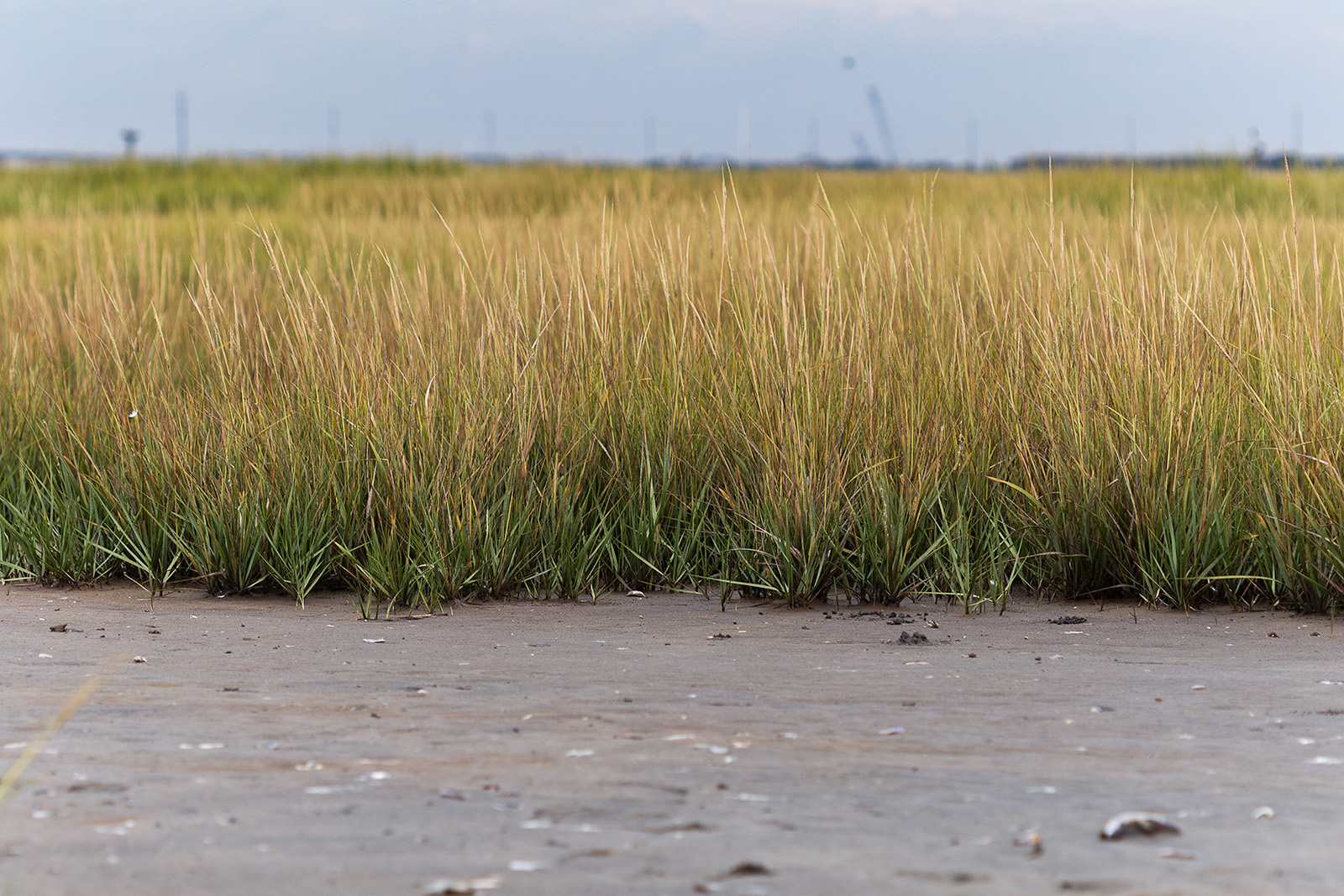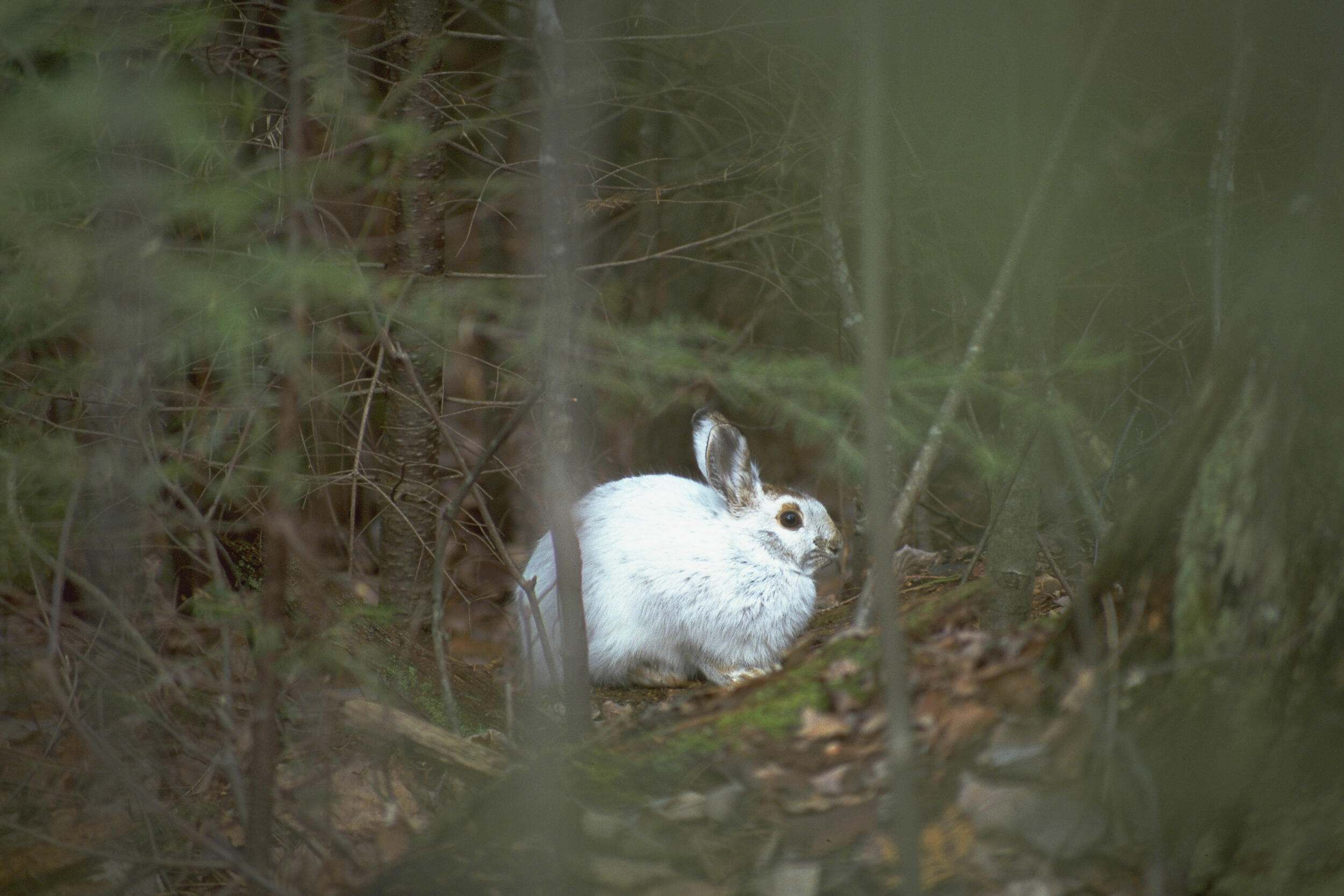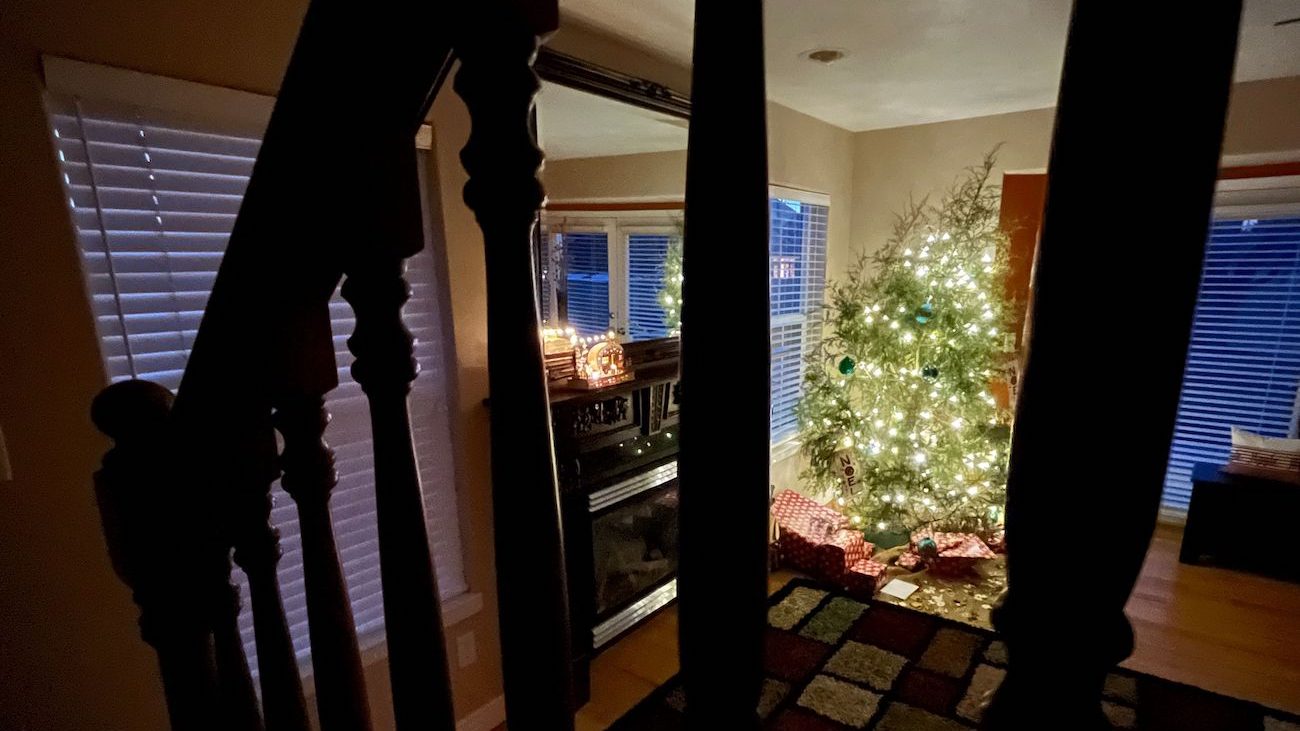It’s not every day that a young female scientist is honored alongside David Attenborough and E. O. Wilson. But that’s exactly what happened to TNC scientist Suzana Bandeira, who earlier this year was immortalized in Linnean binomial when a new Angolan skink species was named in her honor.
“It’s such an honor,” says Bandeira, speaking from her home in Angola’s capital, Luanda. “It feels like I’m conservation royalty.” Other species are named after French and Angolan herpetologists, an Angolan chieftain, and the Ovahelelo ethnolinguistic group.
Suzana’s Wedge-Snouted Skink
It was during this research project that Ceríaco and his co-authors discovered and named a species after Bandeira: Trachylepis suzanae , the Suzana’s wedge-snouted skink (or the “lagartixa de Suzana Bandeira” in Portuguese). The species was first collected in 2016, when the research team was exploring Kissama National Park about 50 kilometers outside of Luanda. Scientists initially assumed it was another species in the Trachylepis genus. The specimen sat preserved in a jar of alcohol for eight years, before researchers sequenced its DNA from a liver sample and discovered that it was, in fact, a new species.
Bulletin of the American Museum of Natural History.
Bandeira was thrilled when Ceríaco called her and told her he named one of the new species after her, alongside conservationists David Attenborough and E.O. Wilson. It’s a well-deserved honor, especially as Bandeira is one of very few Angolan herpetologists. “We don’t have many people studying reptiles and amphibians in this country,” she explains. “And most herpetology is done by international scientists.”
Bandeira now works as a monitoring, evaluation, and learning specialist, where she focuses on peatland conservation in the Okavango Basin . “Angola has the second largest extent of tropical peatlands in Africa after the Congo Basin, and those peatlands are still quite pristine, thanks to the history of the country and low population density,” explains Bandeira. What’s more, waters that fall in the Angolan highlands feed the lush boom and bust cycle downstream in the Okavango Delta, which supports more than 700 species of mammals, birds, fish, amphibians and reptiles .
TNC is trying to maintain these systems and avoid negative impacts from development. “Our work centers on community-based conservation through forestry protection, fisheries and peatlands,” explains Bandeira. “So we’re addressing protection and avoided impact and also working with local partners and communities to build capacity for long-term project sustainability.”
Even though she’s not working as a herpetologist, Bandeira still gets out on the weekends to go herping with her children. “Reptiles are everywhere, and my husband is always scared I’ll bring something scary home,” she laughs.
Manas Ranjan Sahoo
I’m Manas Ranjan Sahoo: Founder of “Webtirety Software”. I’m a Full-time Software Professional and an aspiring entrepreneur, dedicated to growing this platform as large as possible.
I love to Write Blogs on Software, Mobile applications, Web Technology, eCommerce, SEO, and about My experience with Life.

